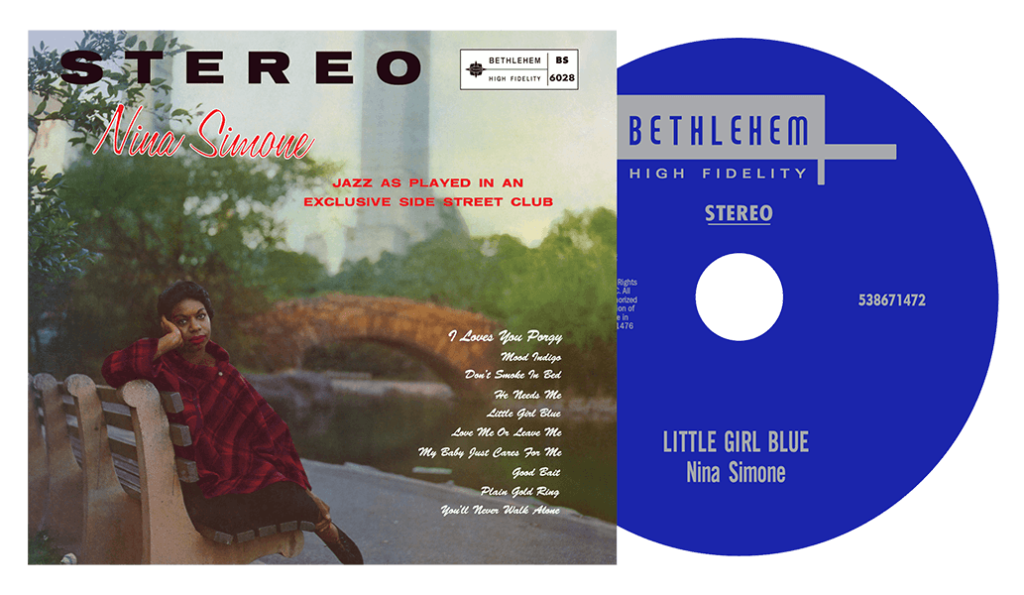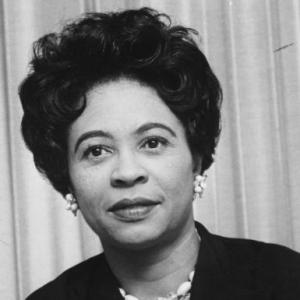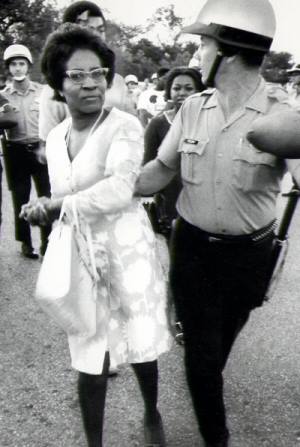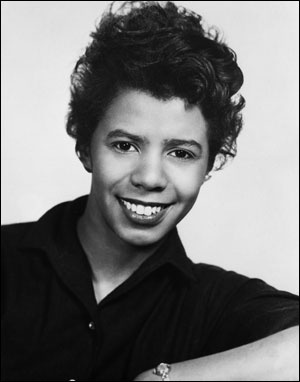A Black Women's History of the United States (OBOC 2021-2022)
Chapter Nine: Aurelia’s Lawsuit Against Jim Crow, 1950-1970
One Book One College Discussion/Essay/Reflection Prompts
1. Berry and Gross refer to Aurelia Shines Browder’s act of civil disobedience as one example of the “everyday heroism of Black women” (163). The stances that Browder, Colvin, McDonald, Smith, and Reese (all named in Chapter Nine) took against the forces and entities preventing them access to travel on a bus stand out as some of the most important actions of Black women in their pursuit of equality and basic human freedoms. Take a deeper dive into the lives of these women—beginning with the resources provided within A Black Women’s History of the United States and continuing with the library guide materials—and discuss the actions and consequences of one of these women. As you research this individual, consider what your own response would be—what actions you’d be willing to take—in their situations. Are there any current laws or codes in our country or elsewhere that you believe similarly deny a specific marginalized group access to what should be a human right?
2. Review the discussion of Browder v. Gayle (February 1, 1956) from Chapter Nine and in the library guide resources. Summarize the case and discuss its connection to other civil rights cases.
3. Mamie Till-Mobley, the mother of 14-year-old Emmett Till, sought justice against the “cotton curtain” (166) that impeded the investigation of her son’s brutal murder. Berry and Gross assert that Till-Mobley’s “son’s death and her profound commitment in the face of unimaginable pain to seek justice on his behalf changed the course of the civil rights movement” (168). Discuss the effects of Till-Mobley’s actions. Compare and contrast Till-Mobley’s actions to those of other Black mothers, who more recently have fought for justice in behalf of their slain children.
4. Discuss the role of social justice activism found within organizations such as the Student Nonviolent Coordinating Committee (SNCC) and the Congress of Racial Equality (CORE) in the ’50s, ’60s, and ’70s. How did young activists invigorate the goals of these groups? Why did older Black women leaders such as Ella Baker encourage the involvement of younger generations? What were the effects of her and other’s calls for change?
5. Who is Fannie Lou Hamer? What role did she play in social justice activism? In your discussion, include Hamer’s fight against Mississippi’s 1964 sterilization bill.
6. Chapter Nine discusses the role of African American women in desegregating public schools, colleges, public housing, lunch counters, etc. What did you learn about the actions of Melba Patillo, Ruby Bridges, Marion Greenup, Freya Anderson, Diane Nash, Charlayne Hunter-Gault, and others? Include text information but also delve deeper into the library guides as you form your discussion about these women and their actions.
7. During the decades discussed in Chapter Nine, the arts, in particular literature and music, served as a voice for comfort, history, and advocacy. Study any one of the literary or musical works and its creator(s) mentioned in the chapter or in the library guides and analyze its role in civil rights.
8. The 1963 March on Washington symbolized the powerful efforts of the civil rights movement. However, what events surrounding the March point out the violent aggressors standing in the way of equality?
9. The bombing of the Sixteenth Street Baptist Church in Birmingham catalyzed efforts that led to the Civil Rights Act of 1964 and the Voting Rights Act of 1965. However, nearly six decades later, marginalized individuals are experiencing impediments to their right to vote. Examine how the intents of the laws of ’64 and ’65 have been undermined. Look at concrete contemporary laws. Who is behind these efforts, and what are their intentions? Include a discussion of the funding and financing backing these contemporary movements.
10. Toward the end of Chapter Nine, Berry and Gross discuss the relationship between racism and poverty, especially the effects of the relationship on Black women. What was that relationship in the ’50s, ’60s, and early ’70s? What is it now? Use concrete examples about, and data on, wages and employment access and opportunities to form your analyses. How is equity being created? How is it being impeded?
Mamie Till Bradley
-
Mamie Till Mobley- The murder of her son, Emmett Till
Ella Baker

Melba Patillo (Beals)

Betty Jean Owns – Edna Richardson
Laura Ruff
Nina Simone

Susie McDonald
Rosa Parks
*See chapter 8 for more information on Rosa Parks
Fannie Lou Hamer
Gwendolyn Zohara Simmons

Charlayne Hunter-Gault
-
Integrating A Southern Giant: A Pioneer Looks Back-Radio interview

Mary Lucille Hamilton
Danny Lyon SNCC photographs
Sweet Honey in the Rock

Lorraine Hansberry
Gloria Richardson


















